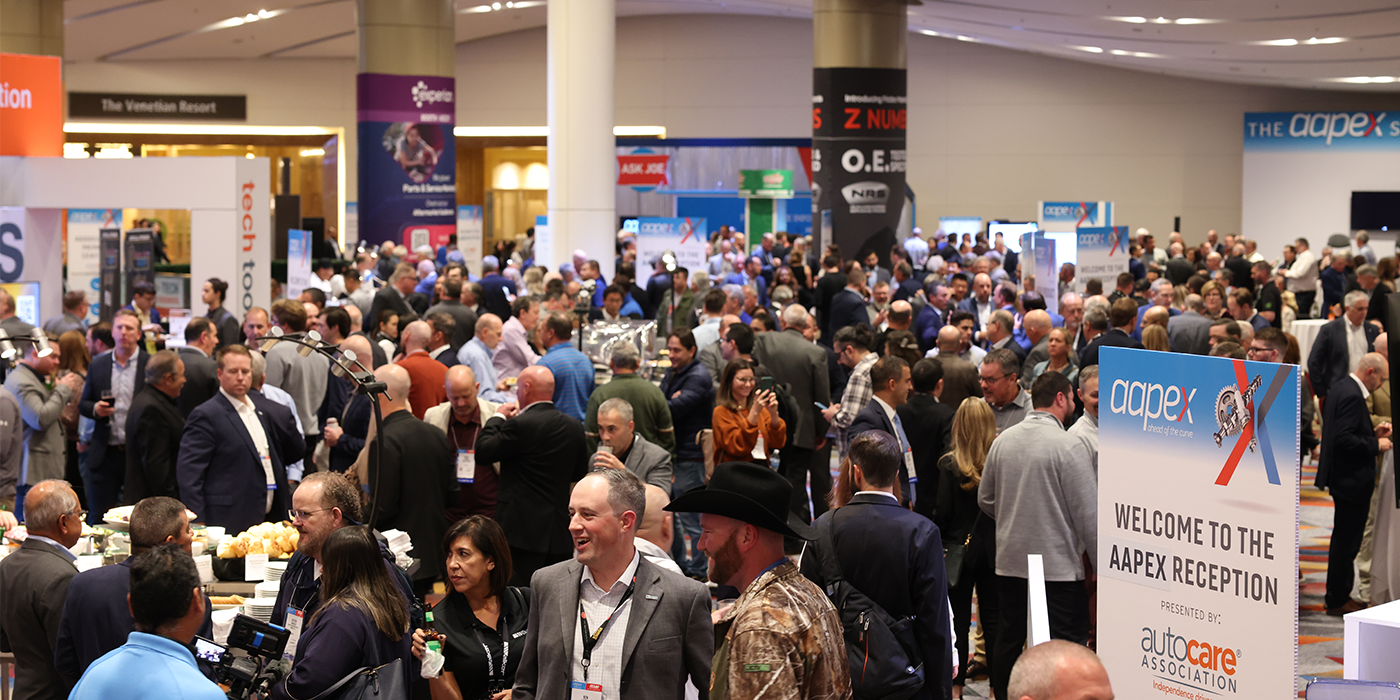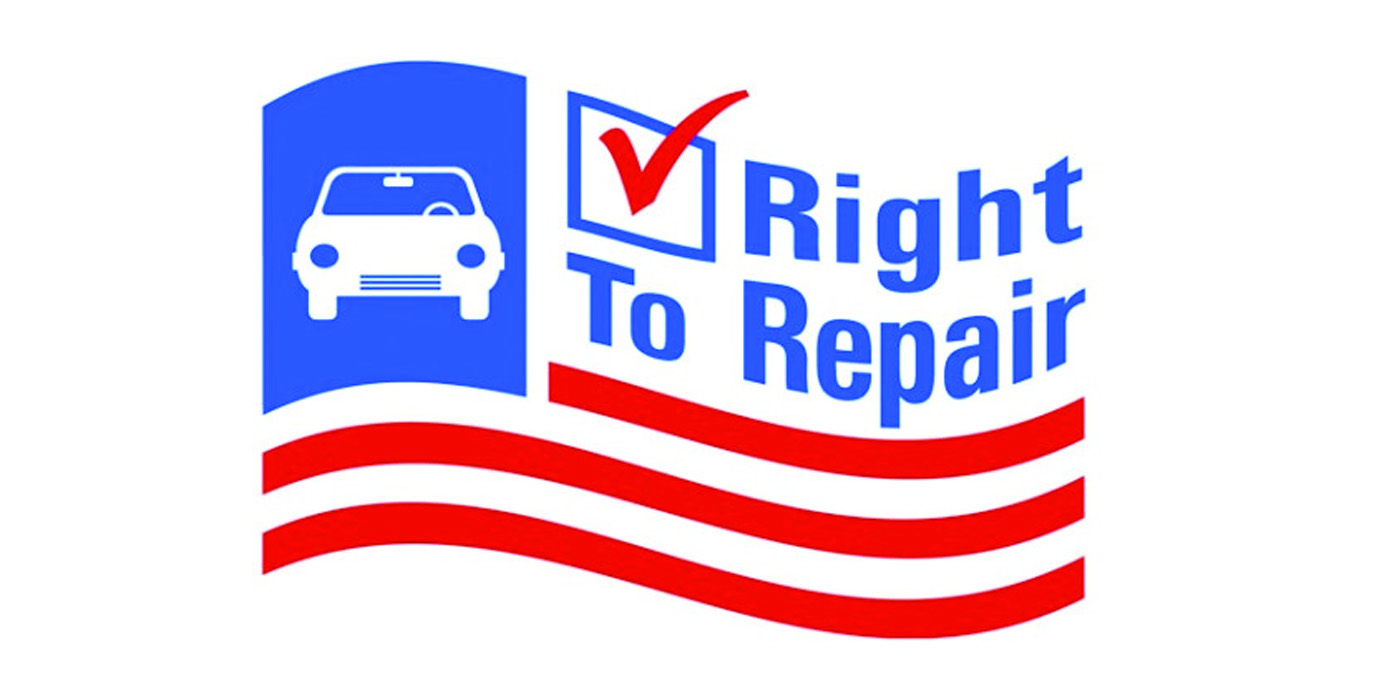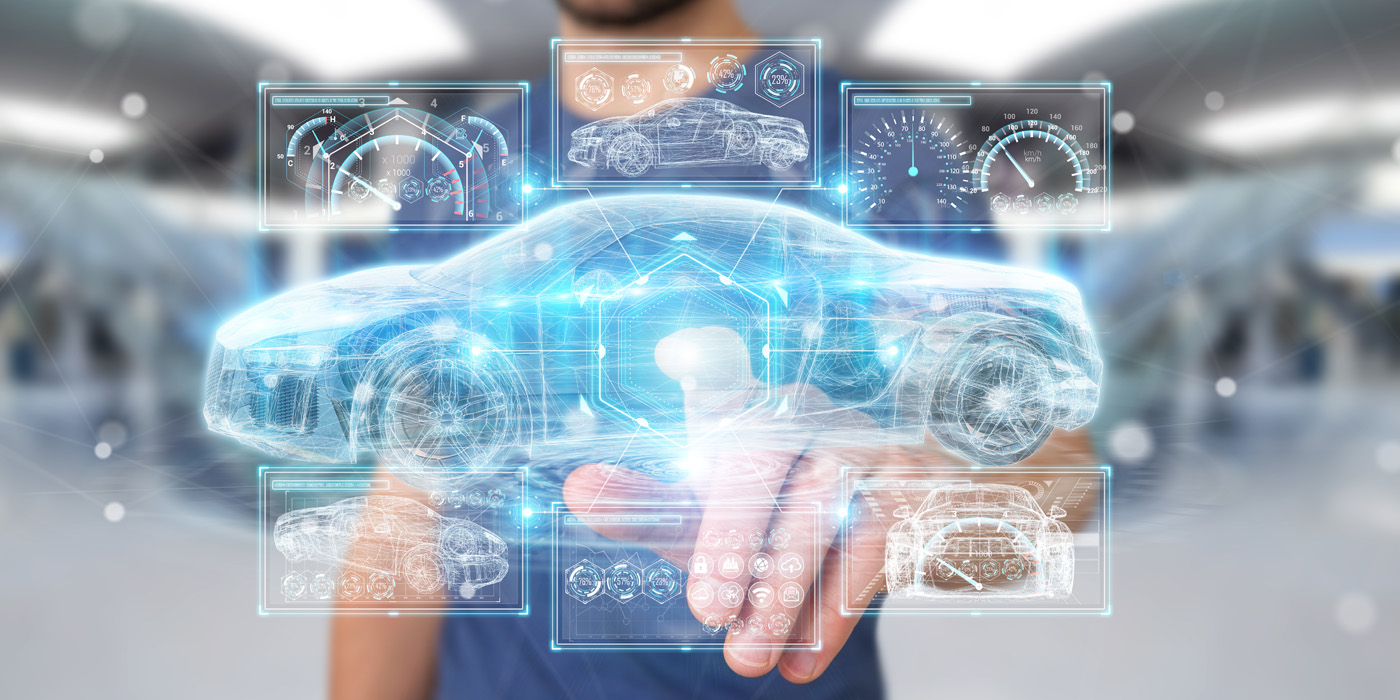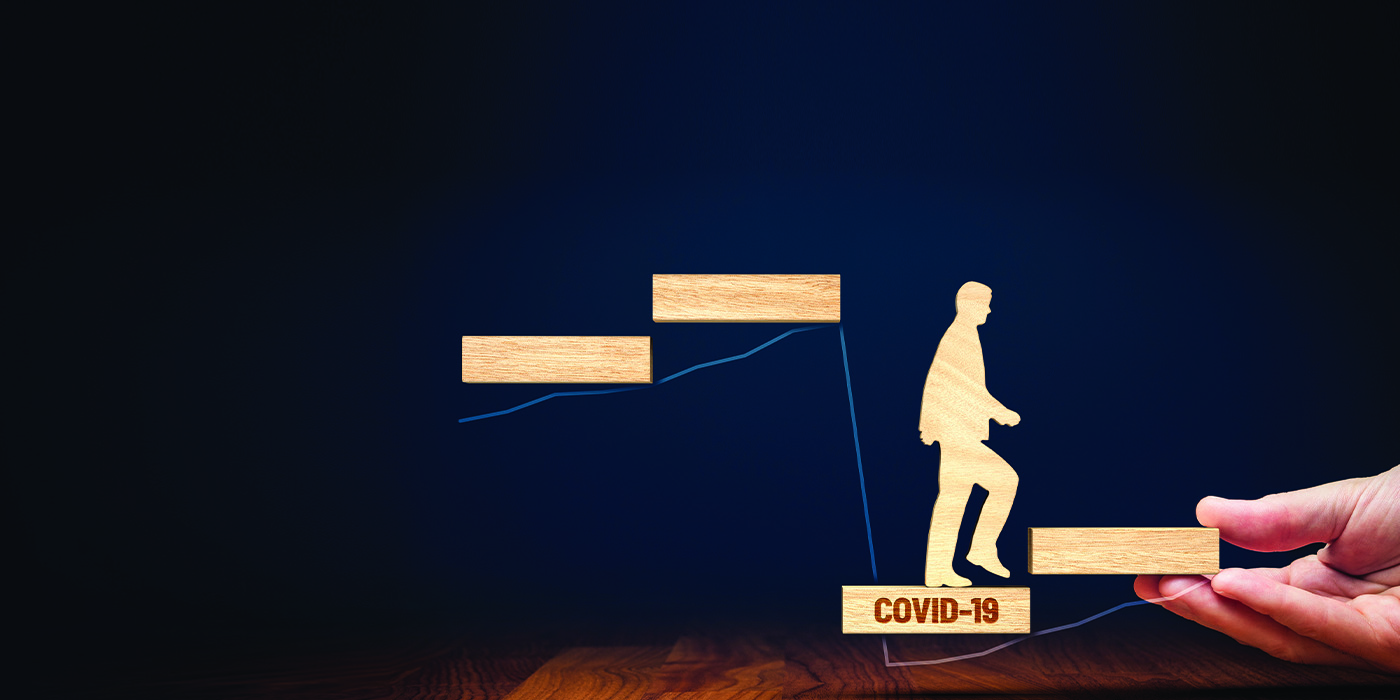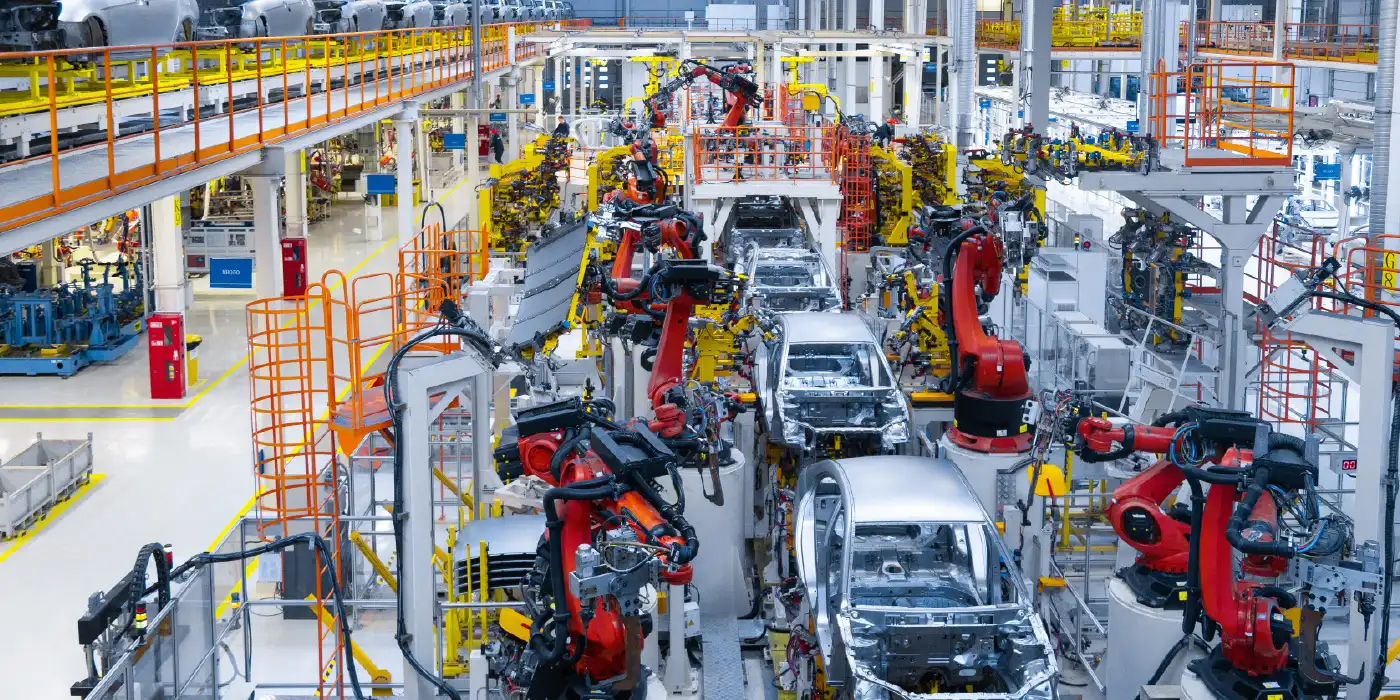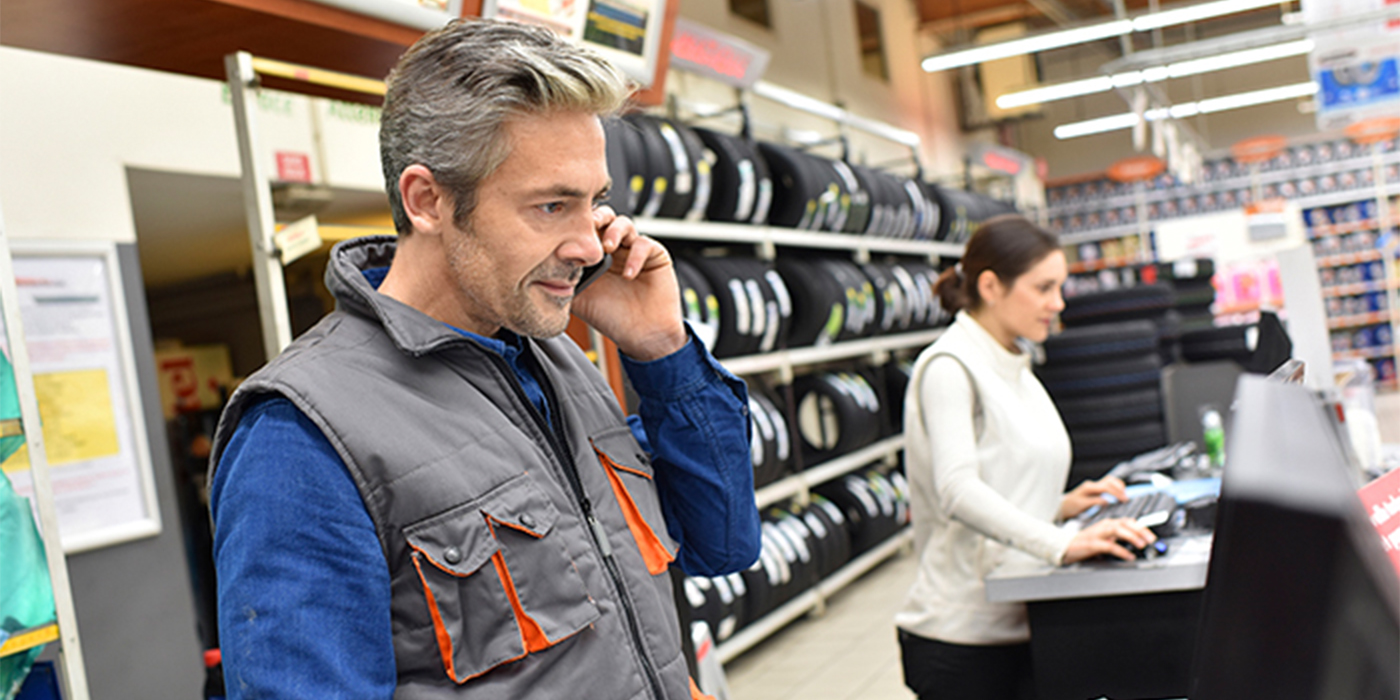 By Derek Kaufman, partner, Schwartz Advisors
By Derek Kaufman, partner, Schwartz Advisors
Did you get a virtual reality (VR) headset for Christmas? Are you on YouTube swimming with sharks or flying with the Blue Angels? Maybe you are pretending to be Batman as you fight crime on your PlayStation.
If you haven’t gotten into VR yet, and you want to understand its potential, we recommend finding a friend who has “Richie’s Plank Experience,” which takes you (virtually) up to the top of a skyscraper to walk out onto a plank to view the city below you. It is an uncanny experience that can convince you of the power of virtual reality to completely immerse you in a computer-generated environment.
Virtual reality is all about gaming today, but it will be a mainstay of the auto industry in the very near future. If your company doesn’t have VR on its radar screen, it will find itself at a competitive disadvantage pretty soon.
The U.S. military has had virtual or augmented (AR) on its priority list for several years. When the Defense Advanced Research Projects Agency (DARPA) originally listed AR as an emphasis several years ago, the focus was on war theater training and the simulation of urban warfare, but other companies and universities also proposed equipment service as a great application for the technology. One of the best examples was the Columbia University Computer Graphics and User Interface Lab’s program called Augmented Reality for Maintenance and Repair (ARMAR). Columbia’s idea was that AR could combine CAD files, maintenance manuals, video tutorials and near-eye viewing screens to guide technicians in the repair of military equipment. While the prototype’s physical equipment was very awkward compared to the headsets being offered by companies like Oculus Rift today, the demonstration of AR’s potential indicated that diagnostic accuracy could improve, service times could decrease and a whole new generation of technicians could be attracted to military service through the use of augmented or virtual reality.
Automotive companies are taking note.
Hyundai owners can now learn about their vehicles and perform preventative maintenance functions by using the Hyundai Virtual Guide, a smartphone-based augmented reality program that provides floating digital dots that illustrate various service points or provide tutorials on interacting with the vehicle.
After working with the software developer Elektrobit on various heads-up displays and other AR technology for the past several years, Continental bought the company in 2015 and has dedicated more than 1,300 engineers to the development of AR applications. Its service program combines an OBD-II reader with a tablet or laptop application that collects information from the vehicle’s ECUs and then provides service guidance for the technician. We see these types of programs benefitting experienced and novice technicians alike. For a shop’s experienced technicians, they could provide a “standard work” approach to service based on the best practices of thousands of technicians around the world. You can imagine how the system could “learn” from a collective pool of data coming in from users of the application.
For novice technicians, the program could accelerate their learning curve and allow them to take on more complicated repairs. In that process, the program could normalize a shop’s approach to automotive repair and increase the productivity of each of its service employees.
Look for many auto companies to join Hyundai, Volkswagen and BMW in expanding their augmented reality service focus in 2017. We see five primary activities emerging:
- Vehicle Manufacturers will form cross-function teams that will combine CAD specialists, service experts and augmented reality programmers to build digital libraries housing content for sales, service and owner stakeholders. Also, look for OEMs to acquire VR or AR coding firms.
- We anticipate a significant increase in companies producing AR-connected safety glasses or helmets that incorporate near-eye viewers. Companies like Daqri, Pivothead, Vuzix, Intel and Google are all moving rapidly to supply the gear technicians will be wearing in the future.
- Watch for the creation of a new kind of user-data aggregating services and machine learning programs that will make AR service a completely new way to train and guide technicians. The power of the technology will be in your ability to crowd source the best and fastest way to handle a repair.
- Look for the leaders in automotive aftermarket service to quickly understand that virtual and augmented reality programs are the best recruiting tools to attract and retain the technicians of the future. We anticipate recruitment campaigns built around AR.
- We see universities, community colleges and technical training institutes forming AR-dedicated courses and programs.
There is a lot of talk these days about robots taking our jobs. We see quite the opposite in virtual and augmented reality. These technologies have the potential to generate thousands of jobs in the automotive aftermarket for years to come. We will go so far as to say that they will be a key differentiator between winners and losers in the automotive service future.
About Schwartz Advisors
Derek Kaufman is a Managing Partner at Schwartz Advisors. Schwartz Advisors (SA) is a team of highly experienced auto aftermarket experts working with clients in corporate growth projects and both buy-side and sell-side merger and acquisition activities. As part of its growth consulting work, SA keeps current with the emerging technologies and business models that will drive the future supply of automotive parts and service.


